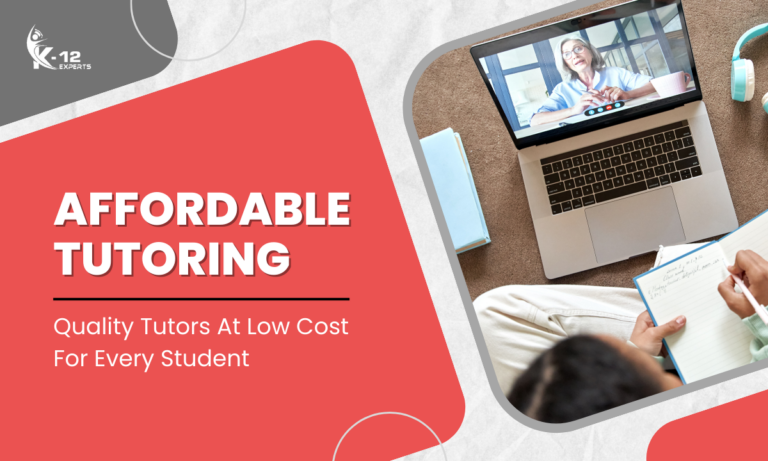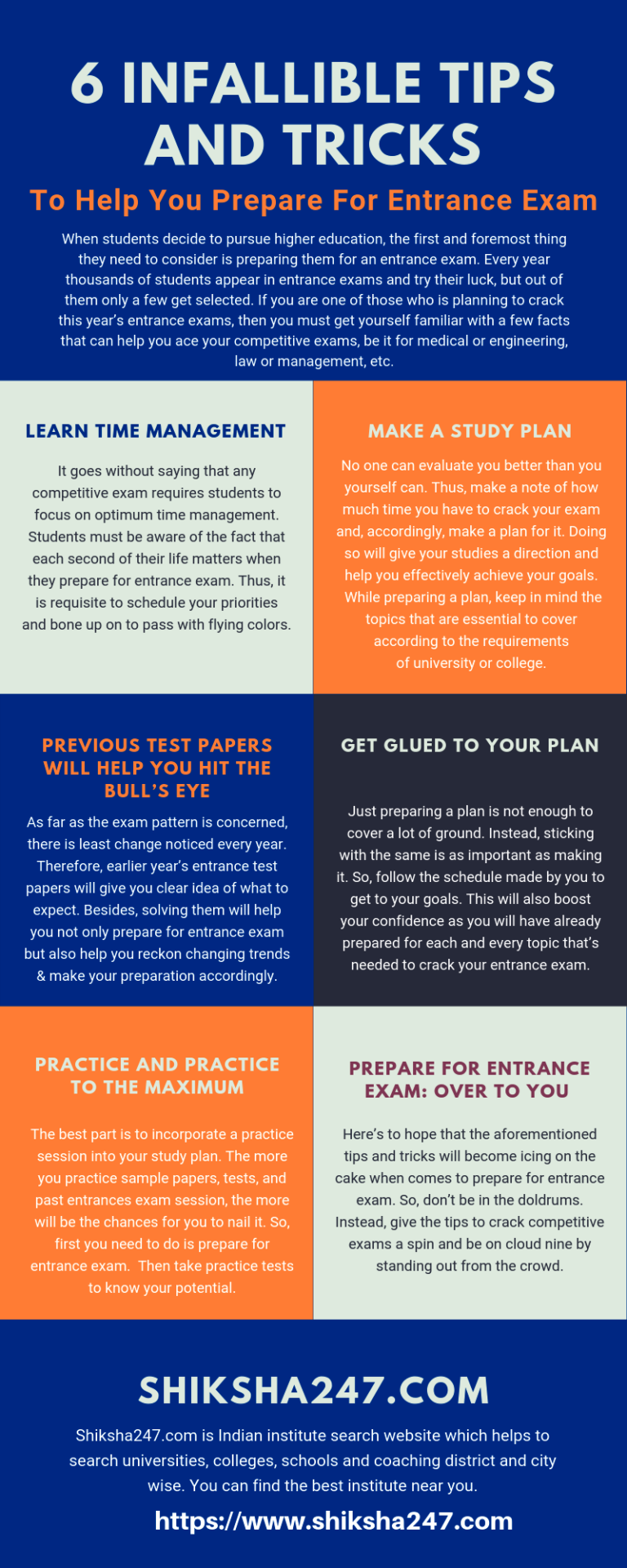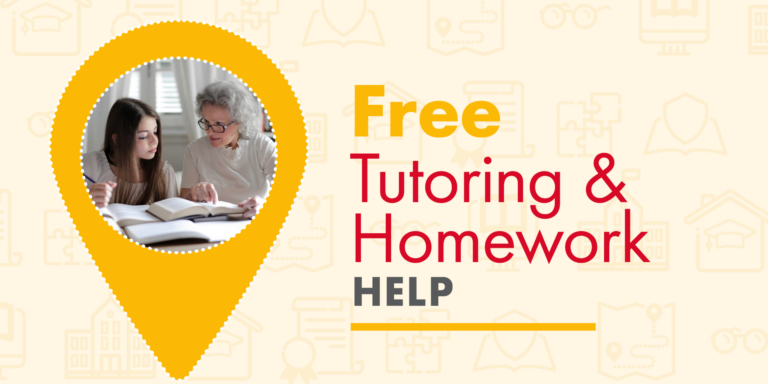How to Create Engaging Education Content: Captivating Learners and Enhancing Learning
Creating engaging education content is crucial for keeping students interested and motivated. Whether you’re developing online courses, creating learning materials for schools, or designing educational resources for platforms, the goal is to make the content not only informative but also engaging and interactive. Well-crafted education content can captivate your audience, encourage participation, and improve learning outcomes. In this article, we’ll explore effective strategies on how to create engaging education content that resonates with learners of all ages and backgrounds.
Why Engagement is Crucial in Educational Content Creation
Engagement is the key to successful education content. Without it, learners are less likely to retain information, stay motivated, or apply what they’ve learned. Engaging content fosters a dynamic learning environment, where students actively participate and explore new concepts. It can take many forms interactive activities, thought-provoking questions, visual aids, or even gamified learning experiences. Engaging content motivates learners to dig deeper, ask questions, and develop a personal connection with the material, leading to better retention and understanding. For educators and content creators, making learning exciting and relevant is essential for driving positive results in education.
Understand Your Audience: The First Step in Content Creation
Before creating educational content, it’s important to understand who your learners are and what their needs are. Tailoring your content to the specific age group, educational level, or learning style of your audience will make it more engaging and effective. For example, younger students may benefit from more visual content and interactive elements like videos and quizzes, while older students might prefer in-depth articles and case studies. Understanding learners’ preferences and challenges also helps you identify the right medium for content delivery whether it’s through online courses, e-books, videos, or podcasts. By knowing your audience, you ensure that your content meets their needs, keeps them engaged, and maximizes learning outcomes.
Incorporate Interactive Elements to Enhance Engagement
To keep students engaged, incorporate interactive elements into your content. These can include quizzes, polls, assignments, and discussion boards. Interactive content allows learners to apply what they’ve learned in real-time and receive immediate feedback, which enhances the learning experience. For example, you could include multiple-choice quizzes after each section to test comprehension or interactive simulations that allow students to explore complex concepts. Gamification is another powerful tool by turning learning activities into games, you make the process enjoyable and encourage competition and collaboration. Interactive elements not only make learning more fun but also reinforce key concepts, leading to better retention.
Use Visuals, Infographics, and Multimedia to Support Learning
Incorporating multimedia, such as videos, infographics, and images, is a great way to make educational content more engaging. Visual aids enhance the learning experience by breaking down complex ideas into easily digestible formats. For instance, a detailed infographic can simplify a complicated process or timeline, while an instructional video can provide a visual demonstration of a concept in action. Multimedia content also appeals to different learning styles, particularly for visual learners who absorb information better through images and videos. By blending text with dynamic visuals, you can cater to a wider range of learners and create a more engaging and accessible learning environment.
Keep It Relevant and Accessible: Content that Resonates with Learners
Engaging content should be relevant to the learners’ goals and aligned with their interests. It’s important to make the material applicable to real-world situations or the learners’ personal experiences. For instance, if you are teaching a course on business principles, include case studies or examples from current events or industries that learners can relate to. Accessibility is also a key factor—ensure your content is easy to navigate, mobile-friendly, and available in various formats. Providing clear instructions and organizing the material in a logical sequence helps learners stay on track. Additionally, incorporating elements like transcripts for videos or providing alternative formats for text-based content can ensure that all students, including those with disabilities, can access and benefit from your resources.
Frequently Asked Questions (FAQs)
1. Why is engagement important in education content?
Engagement is essential because it keeps learners motivated, helps them retain information, and encourages active participation, leading to improved learning outcomes.
2. How can I understand my audience better?
Conduct surveys, analyze feedback, and observe learner behavior to better understand their needs, preferences, and challenges, allowing you to tailor your content effectively.
3. What are some effective interactive elements for educational content?
Quizzes, polls, discussion boards, simulations, and gamified learning activities are great ways to engage learners and encourage active participation.
4. How do visuals and multimedia improve education content?
Visuals, such as infographics and videos, break down complex concepts, cater to various learning styles, and make content more engaging and accessible for students.
5. How can I make my educational content accessible to all learners?
Ensure content is mobile-friendly, offer alternative formats like audio or transcripts, and design your material to be easy to navigate for all students, including those with disabilities.


